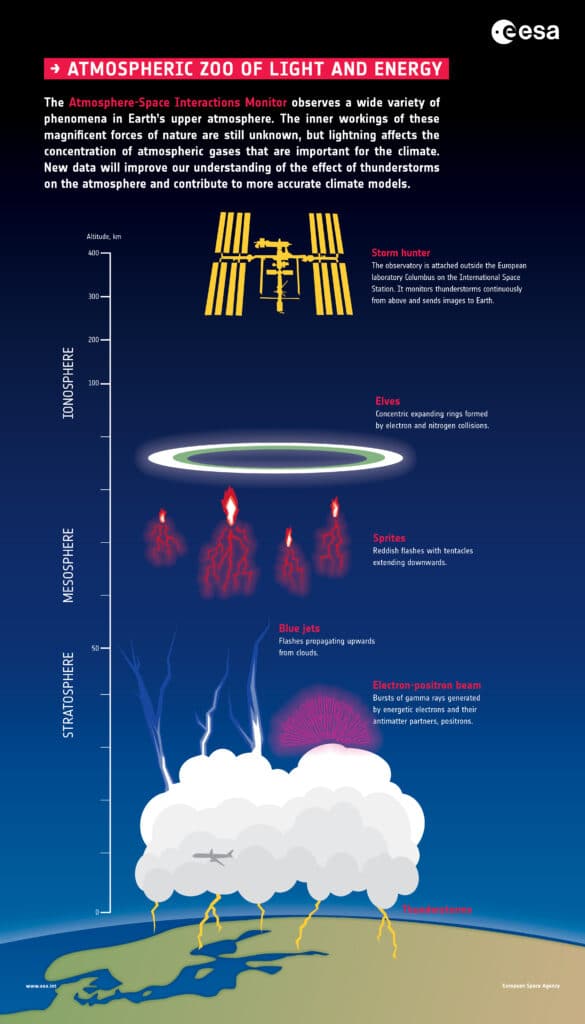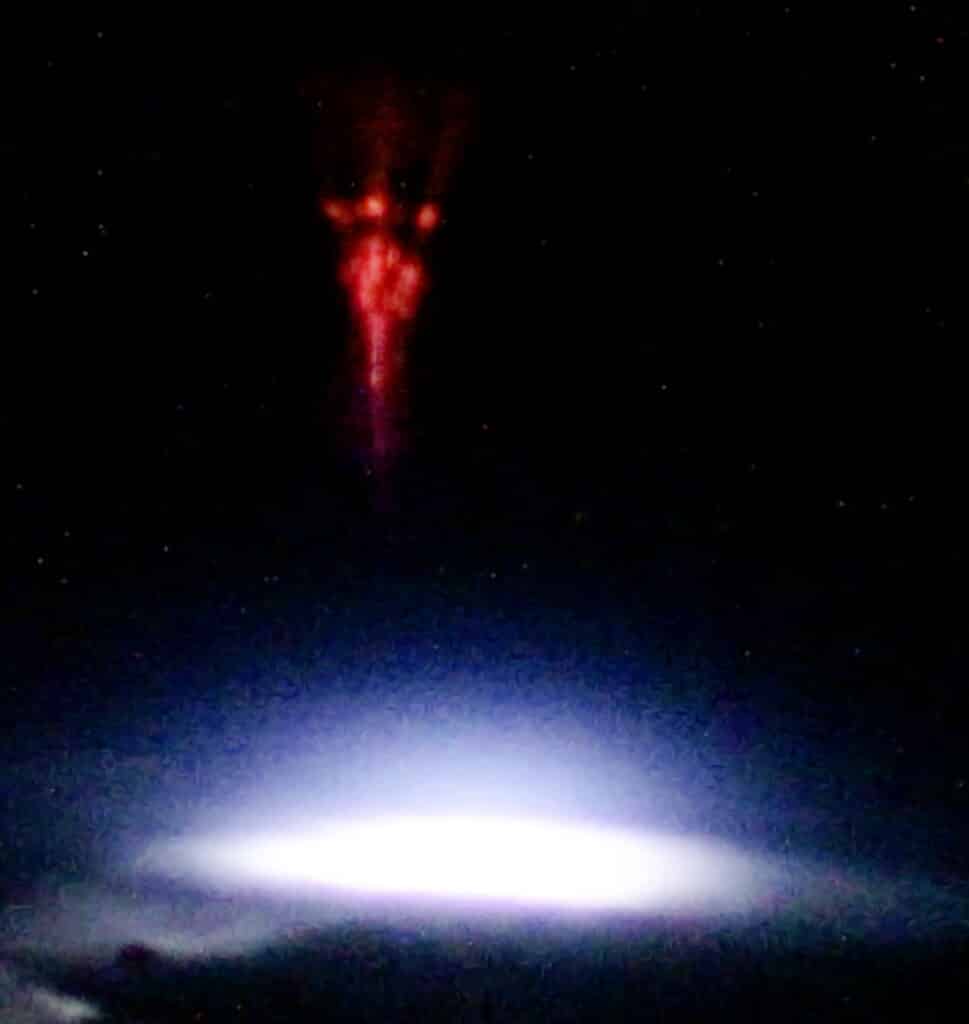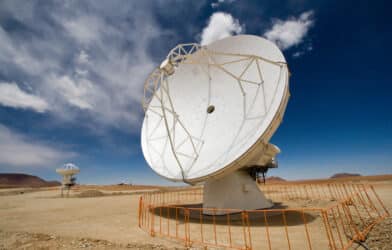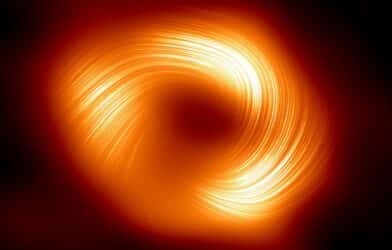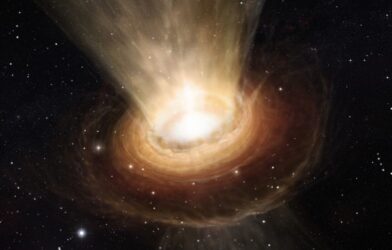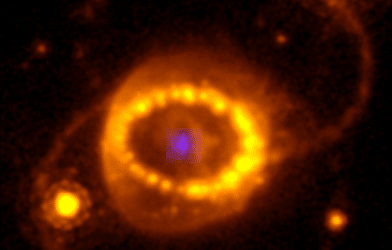A jaw-dropping image of a mysterious red light has been captured from space. ESA astronaut Andreas Mogensen documented the rare crimson sprite from the International Space Station.
Experts say the phenomenon associated with thunderstorms is called a Transient Luminous Event, or TLE. These events take place above thunderclouds, between 40 and 80 kilometers over the ground. Scientists estimate the size of this red sprite as roughly 14 by 26 kilometers.
Sprites are large-scale electric discharges that occur high above thunderstorm clouds, giving rise to a varied range of visual shapes flickering in the night sky. They are usually triggered by the discharges of positive lightning between an underlying thundercloud and the ground
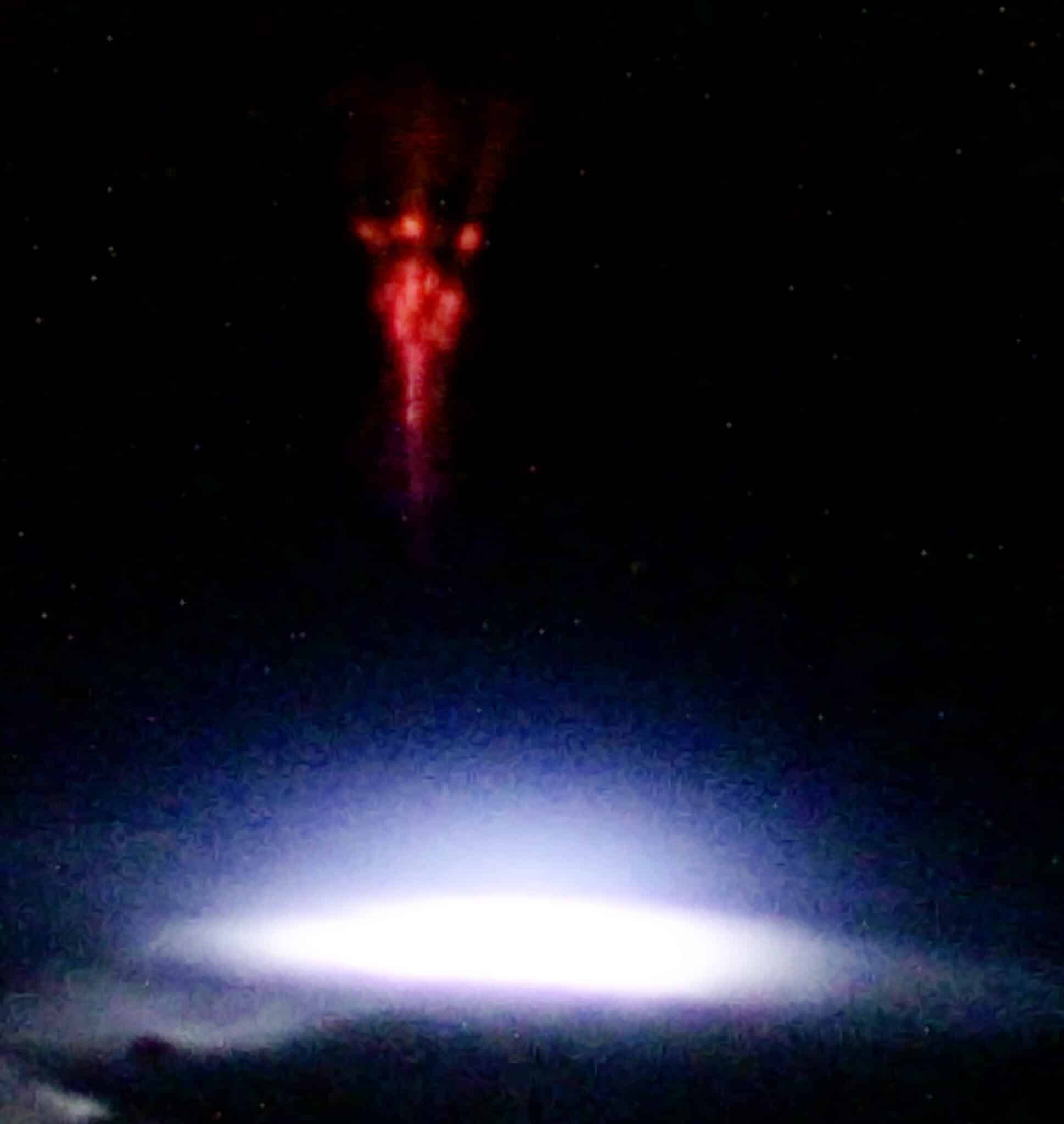
Mogensen managed to capture the sprite during his mission as part of the Thor-Davis experiment from Danish Technical University (DTU).
The Thor-Davis experiment investigates lightning in the upper atmosphere and how it might affect the concentration of greenhouse gasses. It builds upon the former Thor experiment from Andreas’s first mission in 2015, when he also captured images of a different thunder event shooting up towards space, a blue jet.
Blue jets are enormous bursts of electrical discharge spiking upward from storm clouds in the upper atmosphere. They emerge from the electrically-charged cores of thunderstorms and can reach heights of up to almost 50km.
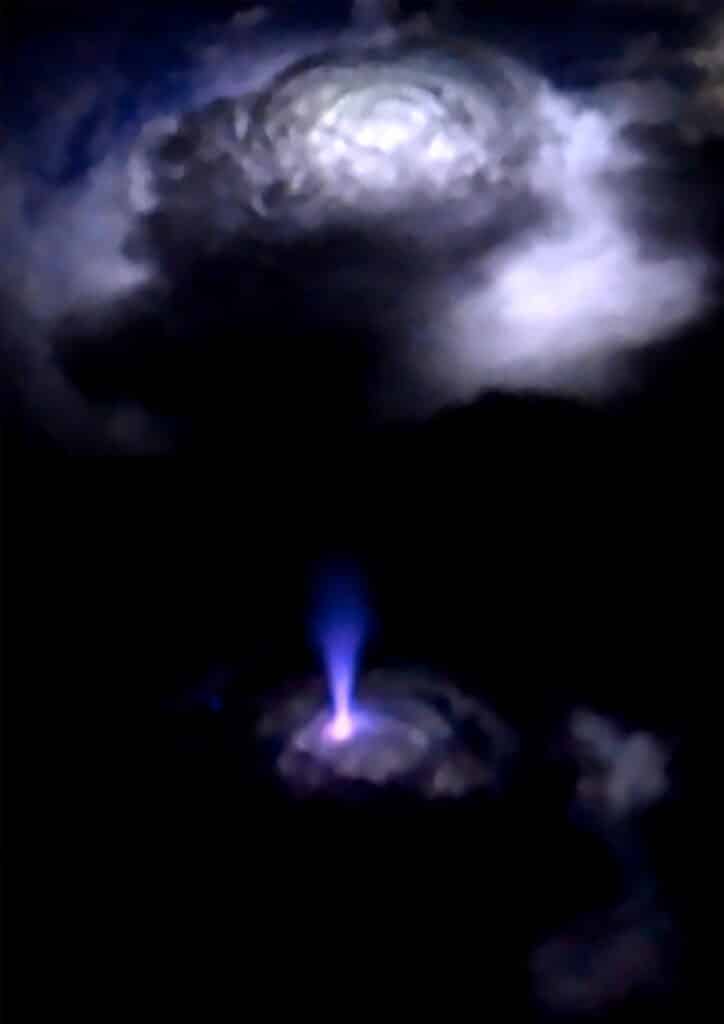
“As the red sprites form above thunder clouds, they are not easily studied from ground and are therefore mostly seen from space, including using the Atmosphere-Space Interactions Monitor (ASIM) that sits on the outside of the Space Station,” the ESA explains in a media release. “However few sprites have been seen from the ground.”
Mogensen used a Davis camera, which works like the human eye, sensing change in contrast instead of capturing an image like a regular camera.
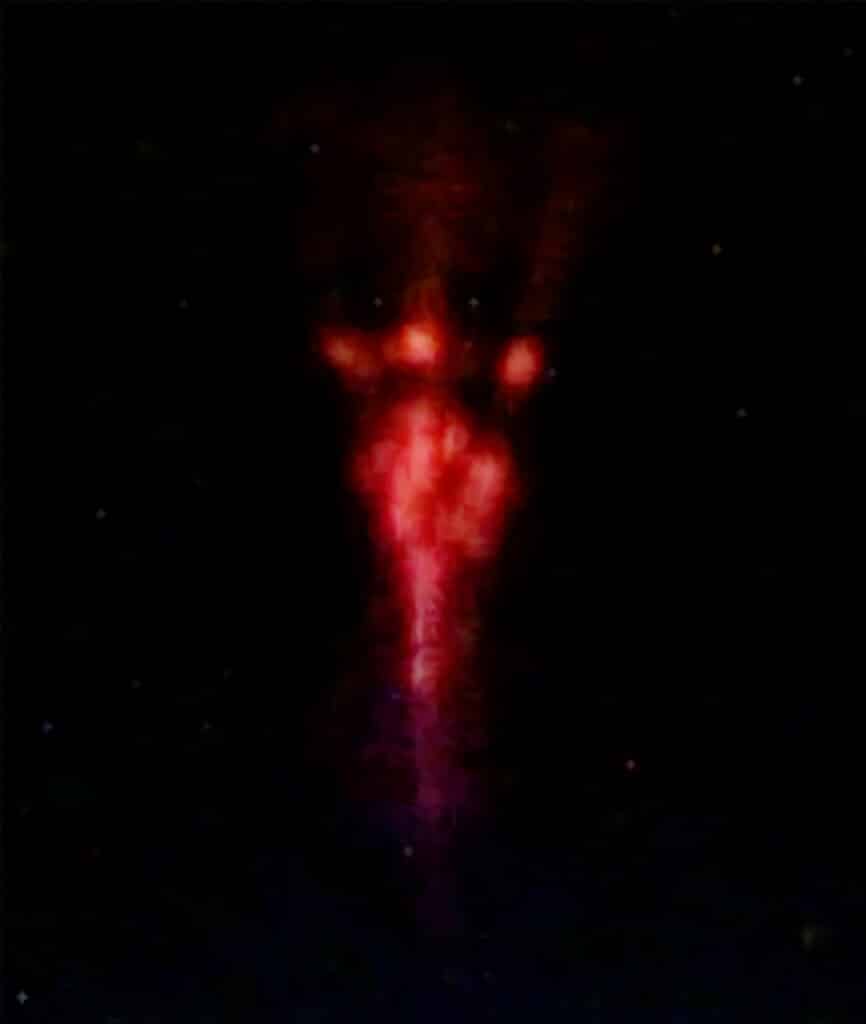
The red sprite appears above a thundercloud for only a fraction of a second, which is why the event-based Davis camera is needed to catch the fast lightning.
“These images taken by Andreas are fantastic. The Davis camera works well and gives us the high temporal resolution necessary to capture the quick processes in the lightning,” adds Olivier Chanrion, lead scientist for this experiment and DTU Space senior researcher.
